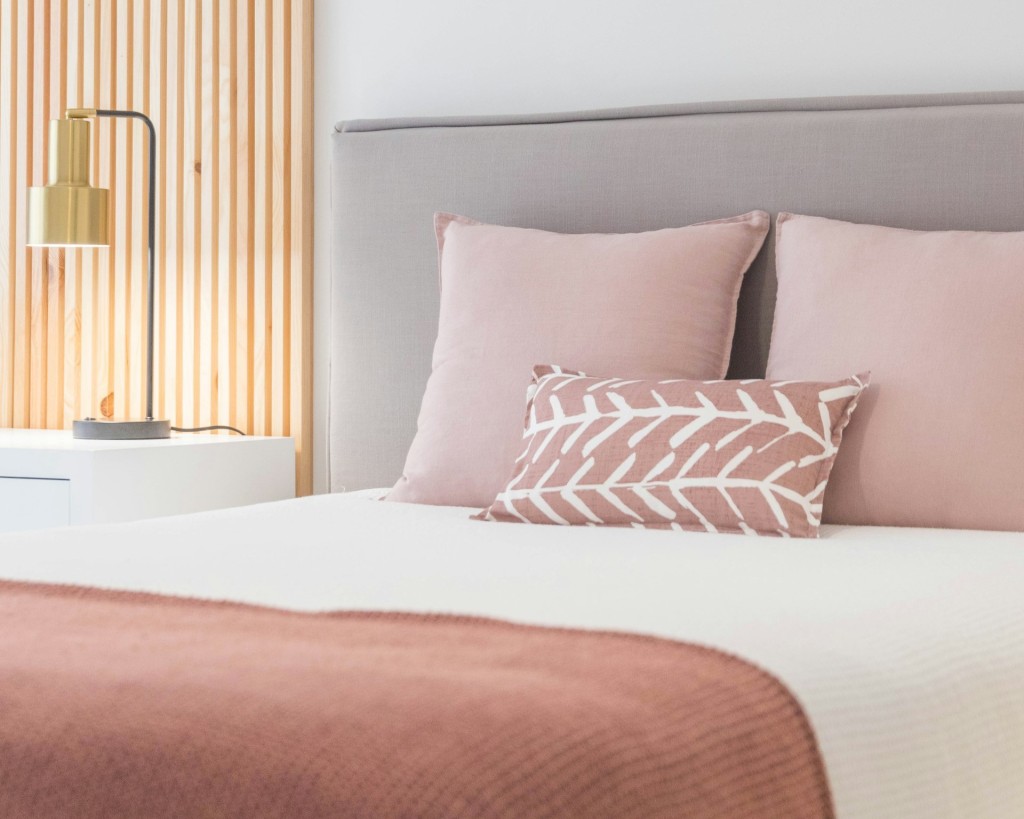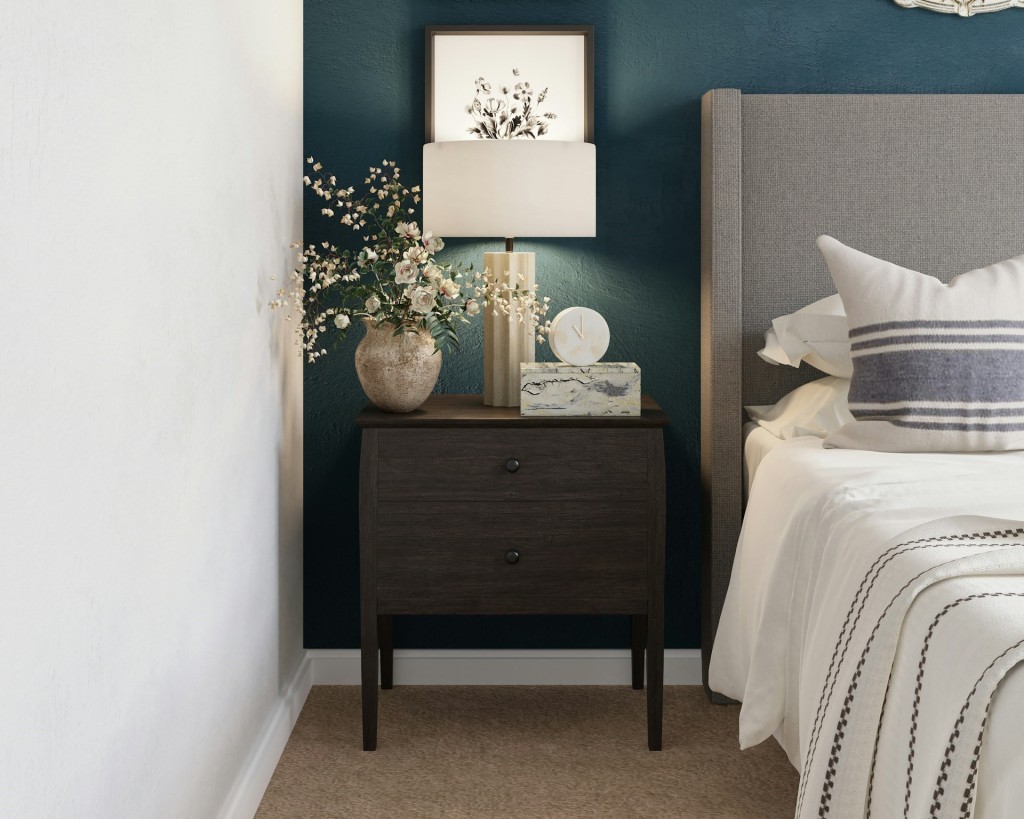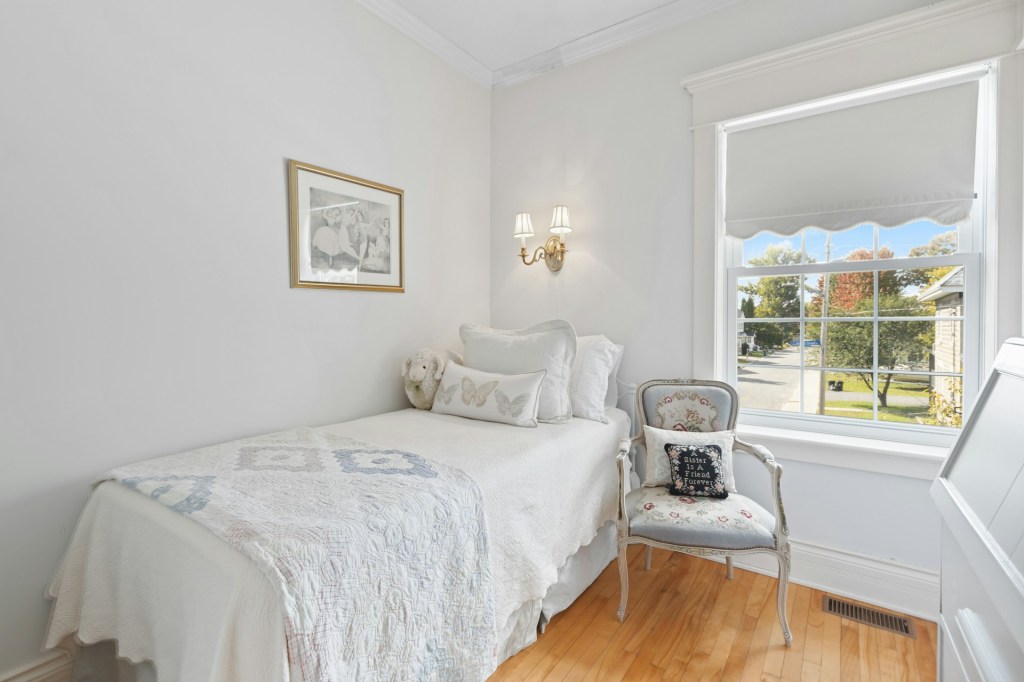In the care home environment, every detail matters in creating a space that is not only comfortable and safe for residents but also conducive to their well-being and independence. Among these details, bedroom furniture plays a crucial role. This blog explores the significance of selecting the right care home bedroom furniture, focusing on how it can enhance the living spaces of those in care, with a special emphasis on suppliers within the UK.
The Importance of Choosing the Right Care Home Bedroom Furniture
Selecting bedroom furniture for care homes involves more than aesthetics. It’s about providing residents with a sense of dignity, comfort, and normalcy, while also ensuring the highest standards of safety and accessibility.
Combining Functionality with Comfort
Furniture in care home bedrooms needs to be specially designed to accommodate the unique needs of elderly or disabled residents. This means considering ergonomics, ease of use, and the flexibility to adapt to different levels of mobility and health conditions.
Safety and Durability
Safety is paramount in care home settings. Furniture must be sturdy, with rounded corners, easy-to-use handles, and non-slip surfaces. Additionally, materials need to be durable and easy to clean, to maintain hygiene and withstand the rigours of daily use.

Selecting the Right Suppliers for Care Home Bedroom Furniture
When it comes to furnishing care home bedrooms, the choice of supplier is as important as the furniture itself. UK suppliers that specialise in care home furniture understand the specific requirements of the sector, offering products that combine practicality with a homely feel.
Why Opt for UK Suppliers
- Specialised Knowledge: UK suppliers often have a deep understanding of the care home sector, providing furniture that meets both regulatory standards and the personal needs of residents.
- Quality Assurance: With a reputation for quality, UK suppliers are likely1 to offer furniture that is both durable and suitable for the care home environment.
- Support Local Economy: Choosing UK-based suppliers supports the local economy and often ensures shorter lead times for delivery and service.
Essential Considerations for Care Home Bedroom Furniture
When furnishing bedrooms in care homes, several factors should be taken into account:
- Mobility and Accessibility: Furniture should cater to residents with varying levels of mobility, including features such as adjustable beds, accessible storage, and user-friendly wardrobe designs.
- Personalisation: Allowing for some level of personalisation can help residents feel more at home, enhancing their emotional and psychological well-being.
- Space Efficiency: Considering the often-limited space in care home bedrooms, furniture should be designed to maximise space without compromising on functionality or comfort.
Trends and Innovations in Care Home Furniture Design
Adaptable Furniture
Innovations in design are making furniture more adaptable to the changing needs of care home residents. This includes height-adjustable beds, modular storage units, and multi-purpose furniture that can be easily reconfigured.
Infection Control
The recent global health crisis has underscored the importance of infection control in care environments. As a result, there’s an increased focus on materials and finishes that are easy to clean and disinfect, without compromising on the homely aesthetic.
Sustainability
Sustainability is becoming a key consideration, with a shift towards furniture made from renewable resources, featuring eco-friendly finishes and designed for longevity.

FAQs
Q: How often should care home bedroom furniture be replaced?
A: The lifespan of furniture can vary, but it’s generally recommended to review and possibly replace or update furniture every 5-10 years to ensure it meets current standards of safety, comfort, and aesthetics.
Q: Can care home furniture be customised to individual needs?
A: Many suppliers offer customisable options to cater to specific needs or preferences, including adjustments for height, mobility, and access.
Q: What are the key regulatory standards for care home furniture in the UK?
A: Furniture in care homes must comply with UK regulations on fire safety (e.g., CRIB 5 compliance), infection control, and durability. Suppliers should be able to provide products that meet or exceed these standards.
Furniture in care home bedrooms is not just about functionality and safety; it’s also about creating a warm, inviting space that residents can call their own. By choosing the right furniture from reputable UK suppliers, care homes can provide environments that support the well-being and dignity of their residents.
In the search for the perfect care home bedroom furniture, it’s essential to consider the unique needs of residents, focusing on designs that offer flexibility, comfort, and a touch of personalisation. As trends in care home design evolve, keeping abreast of the latest innovations and materials can help ensure that care environments remain not only safe and functional but also welcoming and homely.
The right bedroom furniture can transform a care home room from a clinical space to a personal haven, promoting a sense of independence and improving the quality of life for residents. Through thoughtful selection and collaboration with knowledgeable UK suppliers, care homes can achieve spaces that perfectly balance the needs of safety, comfort, and aesthetics.

Leave a comment